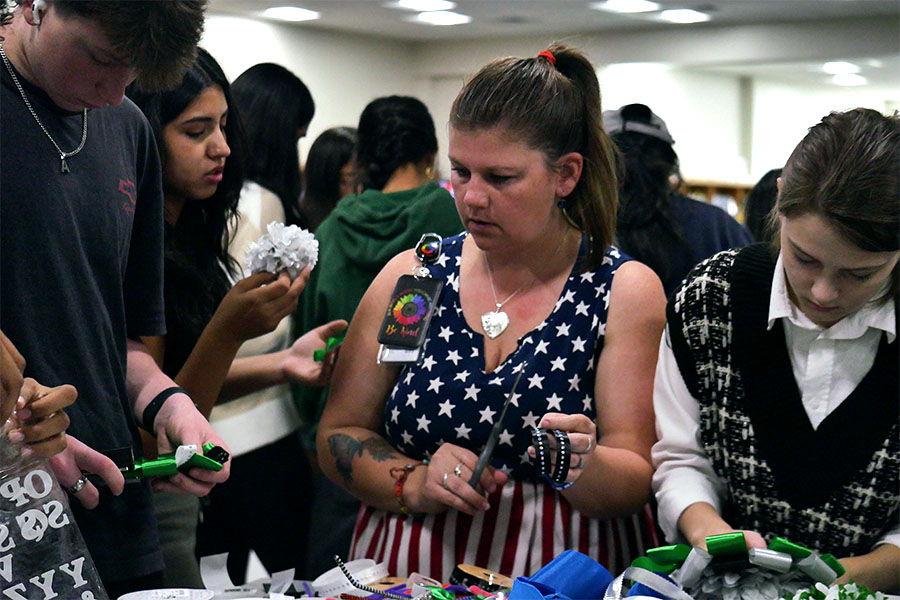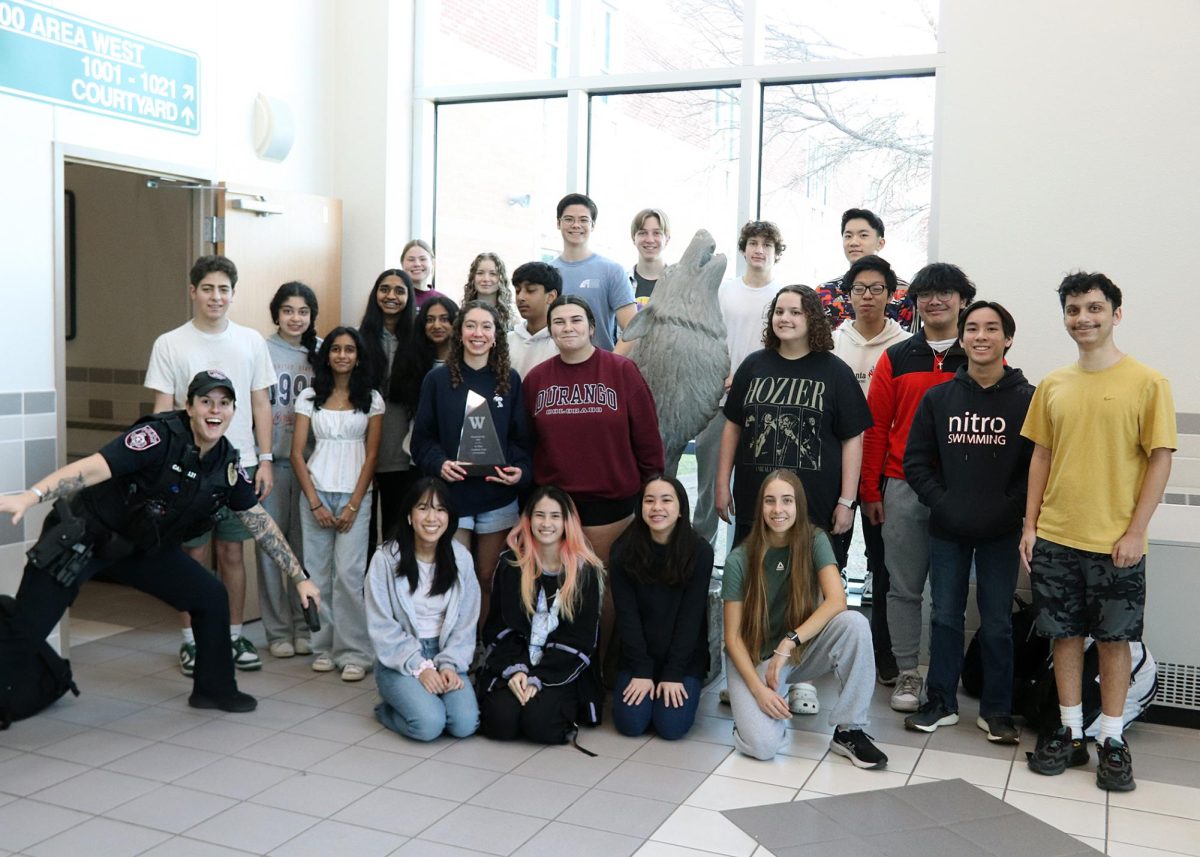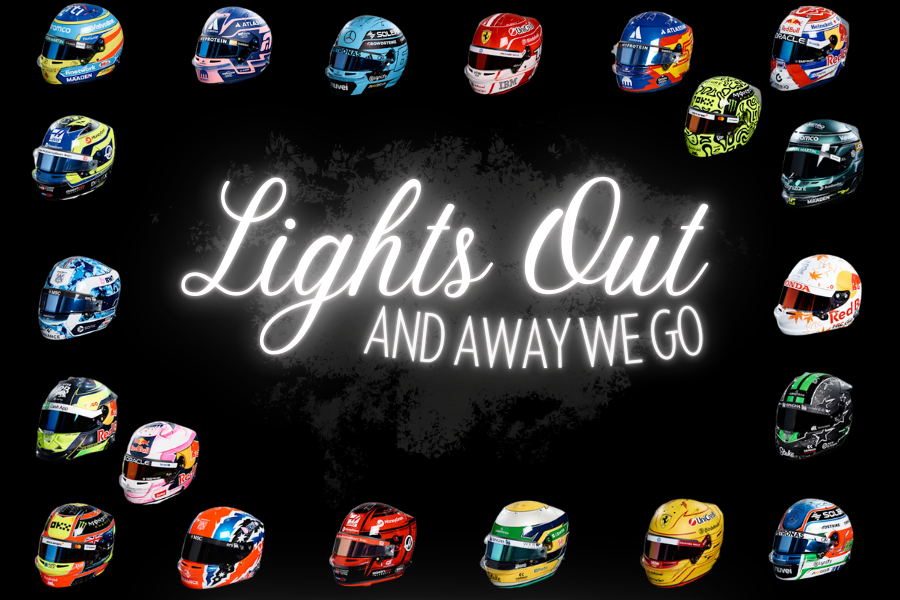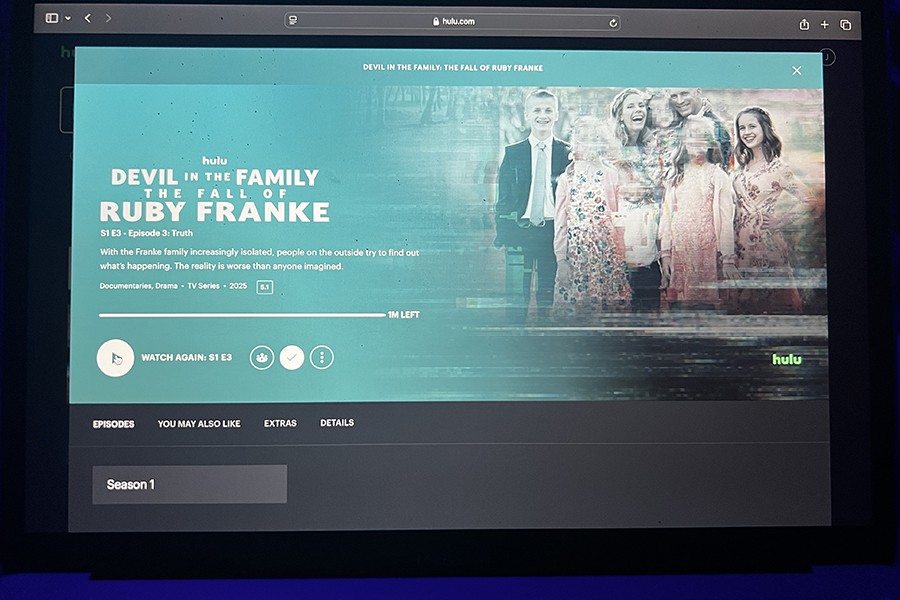If you have scrolled through TikTok, Instagram or YouTube Shorts, you have probably come across a video with a text-to-speech voice reading a screenshotted Reddit story with Minecraft parkour in the background. Now, these are nothing new, but with AI on the rise, these accounts are automating their production, gaining millions of views and thousands of dollars.
Content farms are more common than you think, and have been around for a long time. However, this is a new age of content farming that is targeted for teens and young adults, rather than children. But what qualifies as a content farm? Content farms have garnered several stereotypes that can be used to identify one, being that they use automated tools, produce large amounts of low quality content and still gather a large audience.
These slop-filled serotonin producers are both equally beloved and hated across the country, as there is a content farm for nearly every niche possible. For us to understand this, we must go back to the dawn of time, 2014.
You see, in 2014, there was a surplus of YouTube videos targeted to kids, usually featuring the popular Disney Princess, Elsa and the famous Marvel Superhero, Spider-Man. These short videos would usually disguise inappropriate content not suitable for children by using popular IPs children are attracted towards, in order to gain revenue. They were mass produced, and it got to the point that many other channels who had no relation with each other started doing the same thing. This is commonly referred to as “Elsa Gate” throughout the internet, and resulted in harsher guidelines for kid’s content on YouTube.
A few years later, around 2017, the newest wave of slop mills came around, being a more family-friendly, but still a disingenuous attempt at content. These were more geared towards life hacks and fun fact channels such as Troom Troom, Brightside, 5-Minute Crafts and a plethora of other generic and uninspired social media accounts. They usually consisted of larger-than-life “hacks” that would require a lot of household materials and hot glue to solve a problem that nobody has, or would spread false information about a topic and summarize the first page of Wikipedia. These channels are still around today, gathering millions of views on Instagram and Facebook, but not nearly as much as they used to.
Now, like all bad things, it has come back, in a third wave of brain-rotted material, solely based on stealing content.
With short-form content becoming more and more apparent in our everyday life, content farms can now be produced by a single person in their room, and make thousands of dollars a day just by typing a few things into a computer. Every day, I am bombarded with movie clips, reddit stories, and YouTube videos with the most obnoxious captions over it and a person in the corner just staring off into the horizon, with not a thought behind their eyes.
These videos are incredibly easy to make, and there are several programs that you can use to become a self-made millionaire who profits off the work of others. Like a regular millionaire, but it’s more secretive.
One of these programs is called Crayo, advertising that you can create “Viral-Ready clips in seconds.” However, if you want to become rich by stealing, you have to pay a hefty monthly fee. Crayo has three payment plans, all depending on how much you can generate, how long they can be and how many you can make. The cheapest option is $19 a month, while the most expensive is $79. Now, I could go into the details of what you could do with that money if you ended up saving it instead of buying this useless service, and I will. $79 a month, saved across 12 months, that is $948. With $948, you could provide a hundred Chick-Fil-A sandwich meals to people in need, gas money to transport you to an actual job, or a really, really, really cool skateboard. But instead, you can create videos featuring a clip from iCarly with Subway Surfers at the bottom, as the most detached human sounding voice yells at you. Truly, we are at the height of evolution.
When having these discussions about ethical consumption, distribution and decision making, I love to bring up numbers because there is nothing more eye-opening than hearing an amount of money that could change the life of somebody in a five mile radius from you. Profiting off of stolen work, and continuing to produce content with no soul behind it, is truly one of the most common and yet fascinating grifts of the 21st century. The art of the grift involves dedication, not care, and that is exactly what these automated tools are providing.
Now, I am not blaming anybody for watching these videos as I often find myself doing the same. But eventually, it comes to the point where I have to stop and think about where I am in my life to be willing to listen to a computer read off a fake AI-generated Reddit story. We are entrenched in a world where the average young consumer doesn’t care about the human connection, freebooting or harmful and damaging content; they just want whatever can make the chemicals in their brain produce the slightest feeling of happiness, and even then, still find themselves feeling empty.
The next time you find yourself watching mobile game footage with “Criminal Minds” over it, or engaging in discourse about an AITA post about how somebody spent their grandmother’s life savings, remember the intentions behind the creator, and remember they don’t have your best interest at heart. Good content is good art, and great content has the ability to open your mind in ways you have never experienced before. This is not art, this is barely serviceable content. It is just your one stop shop for all things out of touch, so don’t stay for too long.






![As her hair blows in the wind, senior Brianna Grandow runs the varsity girls 5K at the cross country district meet last Thursday. Grandow finished fourth in the event and led the varsity girls to regionals with a third place placement as a team. “I’m very excited [to go to regionals],” Grandow said. “I’m excited to race in Corpus Christi, and we get to go to the beach, so that’s really awesome.” Photo by Addison Bruce](https://cphswolfpack.com/wp-content/uploads/2025/10/brianna.jpg)


![Broadcast, yearbook and newspaper combined for 66 Interscholastic League Press Conference awards this year. Yearbook won 43, newspaper won 14 and broadcast took home nine. “I think [the ILPC awards] are a great way to give the kids some acknowledgement for all of their hard work,” newspaper and yearbook adviser Paige Hert said. “They typically spend the year covering everyone else’s big moments, so it’s really cool for them to be celebrated so many times and in so many different ways.”](https://cphswolfpack.com/wp-content/uploads/2025/05/edited-ILPC.jpg)





![Sitting with her friend senior Sohpia Struve at last year’s Austin City Limits Festival, senior Ava Zuniga poses for a picture under a pavilion. They are frequent attendees at ACL, an annual music festival at Zilker Park. “I would recommend seeing a bunch of people,” Zuniga said. “This past year, we camped out for Chappell [Roan] for a really long time. I think the whole point of ACL, [which] is a lot of fun, is that you can go see so many different people, even if you don’t know them. So by camping by one person, it really limits yourself from being able to go see a bunch of people.” Photo courtesy of Ava Zuniga](https://cphswolfpack.com/wp-content/uploads/2025/10/EE9E9484-FE6F-4AA0-B5F5-0C177AB32841-1200x857.jpeg)
![Looking down at his racket, junior Hasun Nguyen hits the green tennis ball. Hasun has played tennis since he was 9 years old, and he is on the varsity team. "I feel like it’s not really appreciated in America as much, but [tennis] is a really competitive and mentally challenging sport,” Nguyen said. “I’m really level-headed and can keep my cool during a match, and that helps me play a bit better under pressure.” Photo by Kyra Cox](https://cphswolfpack.com/wp-content/uploads/2025/09/hasun.jpg)

![Bringing her arm over her head and taking a quick breath, junior Lauren Lucas swims the final laps of the 500 freestyle at the regionals swimming competition on date. Lucas broke the school’s 18-year-old record for the 500 freestyle at regionals and again at state with a time of 4:58.63. “I’d had my eye on that 500 record since my freshman year, so I was really excited to see if I could get it at regionals or districts,” Lucas said. “ State is always a really fun experience and medaling for the first time was really great. It was a very very tight race, [so] I was a bit surprised [that I medaled]. [There were] a lot of fast girls at the meet in general, [and] it was like a dogfight back and forth, back and forth.” Photo by Kaydence Wilkinson](https://cphswolfpack.com/wp-content/uploads/2025/03/Kaydence-2.7-23-edit-2.jpg)
![As the support team sits and poses for a photo in the cafeteria with the counseling team they eagerly wait to start their day. "We [all] seem to be a team, I get up every day and there's days where I don't want to go to work today, but I'm thankful that I have a job and I'm blessed to have what I have," Christopherson said. Photo Courtesy of Julie Weltens.](https://cphswolfpack.com/wp-content/uploads/2025/01/AF9E8470-10D7-4C91-BF28-EC8F86BAB66C-1200x852.jpeg)
![Jumping off the ground, senior linebacker Bennett Patton snatches the ball out of the air for an interception at Thursday’s game against Chaparral. Patton had two interceptions in the 56-14 victory, tying the school record for interceptions in a game. “I was just playing the game,” Patton said. “[I’m] going to go into next week, forget about it and stay humble.” Photo by Harper Chapman](https://cphswolfpack.com/wp-content/uploads/2025/09/bennett-interception.jpg)















